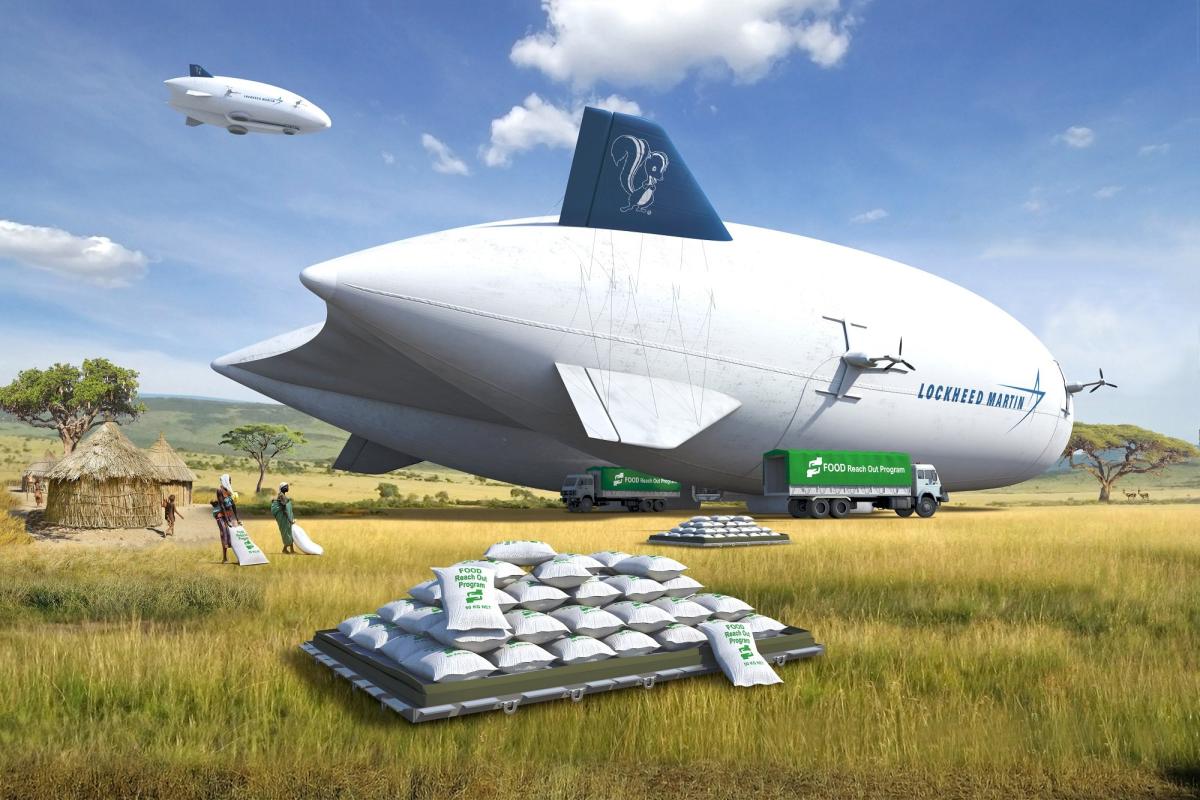How to Solve a Challenge in Five Steps
by Marillyn Hewson, Chairman, President and CEO, Lockheed Martin

It's no secret that the world faces a variety of significant development challenges.
Nations are grappling with unpredictable geopolitical threats, regional instability, and the pace of technological change. All around the world, there is also a shared concern for the environment and an ongoing dialogue about how the world can reduce carbon emissions efficiently and effectively.
At Lockheed Martin, our scientists and engineers are working on all these challenges. And for every one of them, we strive to approach each with a strong science and engineering mindset.
We know from more than 105 years of experience that the most complex problems on earth and in space can be solved -- with ingenuity, innovation, and collaboration.
That's exactly what we are doing to take on the complex challenges of sustainability.
We started with a focus on developing a clear and comprehensive strategy. This set us on a path to address a host of environmental, social, and governance issues, while ensuring the continuity of our operations, the development of our employees, and transparency in our engagement with stakeholders.
In 2016, we continued to build on this strategy. We set new near- and long-term objectives to manage and measure our progress through the year 2020.
Establishing such a strategy and following up is something we believe every leader must do as he or she works to address multi-faceted challenges. In fact, we see five key steps -- all of which have been part of our science and engineering approach to sustainability management.
- First, leaders must define the full extent of the challenge. In our recently released report on sustainability, we identified a broad range of shared human aspirations that include safety, security, and environmental stewardship. Then we clearly defined specific core sustainability issues and objectives.
- Second, leaders must set up a clear organizational structure. The right governance structure keeps the organization's sustainability strategy on track, and ensures clear and transparent accountability. At Lockheed Martin, this includes oversight by our Board of Directors as well as executive leadership and key functional leaders with clearly delineated responsibilities for our sustainability, audit, and ethics efforts.
- Third, leaders set time-bound, ambitious, but measurable, goals. As a science and engineering company, we seek to mitigate risks for our business, society, and the environment, while driving innovative efforts to cultivate long-term economic and social progress. For this reason, we created a dashboard of our various sustainability priorities, performance indicators, and timelines to make our concrete goals and expected progress clear to everyone in our enterprise. With such core objectives and priorities in place, management and employees can best focus on ensuring the "how" is executed correctly in pursuit of our business goals and financial results.
- Fourth, leaders must encourage a cooperative mindset. No matter the nature of a challenge, it is essential that leaders bring people together to collaborate and innovate. For decades, our portfolio of energy technologies was spread across multiple business areas. In 2016, we decided to bring these programs together into a single organization known as Lockheed Martin Energy, to foster collaboration across the energy portfolio, focus our resources, advance our technology investments, and improve our value proposition to customers.
- Finally, long-term success depends on seeking outside perspectives. We engage a wide variety of stakeholders in identifying our issues and priorities, and we invite external assessors to tell us how they think we are doing. These parties, which include customers, investors, academic institutions, NGOs, public policy organizations, and others, play a vital role in helping us shape and meet our sustainability objectives.
In the global effort to address the challenges of security and sustainability, every company and citizen has a role to play. The task is difficult, but not impossible.
By addressing the different aspects of a challenge in a systematic and collaborative way, we can make an impact -- for our businesses, for our employees, for our customers, and for the planet.
If you find yourself struggling for a way to start, I encourage you to use these steps -- because the results can be both impressive and consequential.
How have you addressed a major challenge in your career?

